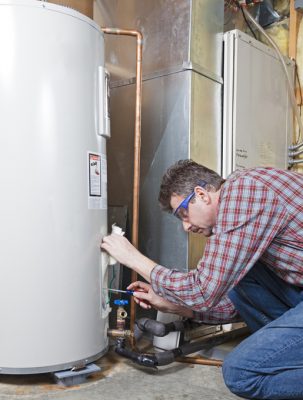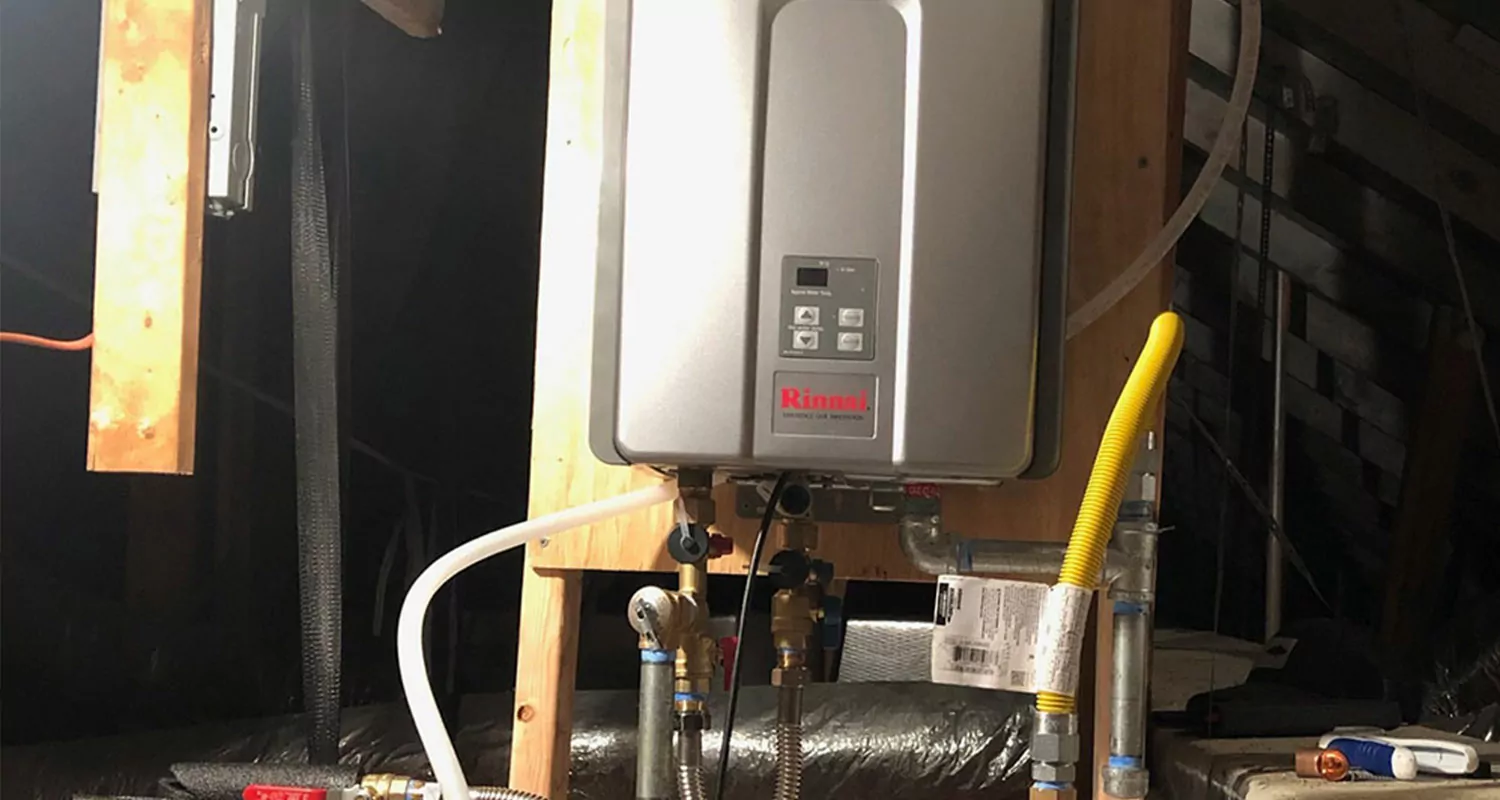Simple Steps to Caring for Your Home's Hot Water System
Simple Steps to Caring for Your Home's Hot Water System
Blog Article
How do you feel in relation to What Kind of Maintenance Do Water Heaters Need??

Warm water is important for day-to-day comfort, whether it's for a rejuvenating shower or washing dishes. To guarantee your warm water system runs efficiently and lasts longer, regular upkeep is crucial. This short article provides practical suggestions and understandings on how to maintain your home's warm water system to avoid disturbances and costly fixings.
Intro
Preserving your home's warm water system may seem complicated, yet with a couple of straightforward steps, you can guarantee it runs efficiently for several years to come. This overview covers whatever from recognizing your hot water system to DIY maintenance ideas and understanding when to employ professional aid.
Relevance of Maintaining Your Hot Water System
Routine upkeep not just prolongs the life-span of your hot water system but additionally ensures it operates successfully. Disregarding maintenance can bring about decreased efficiency, greater power expenses, and even early failure of the system.
Signs Your Warm Water System Demands Upkeep
Recognizing when your warm water system requires attention can stop significant problems. Look out for indications such as irregular water temperature level, unusual sounds from the heater, or corroded water.
Comprehending Your Warm Water System
Prior to diving into maintenance jobs, it's handy to comprehend the basic parts of your hot water system. Generally, this includes the water heater itself, pipelines, anode rods, and temperature controls.
Monthly Maintenance Tasks
Routine regular monthly checks can help capture minor problems before they intensify.
Purging the Hot Water Heater
Purging your hot water heater eliminates debris build-up, improving efficiency and prolonging its life.
Checking and Replacing Anode Rods
Anode poles protect against corrosion inside the container. Examining and changing them when broken is crucial.
Evaluating and Readjusting Temperature Level Settings
Readjusting the temperature level settings makes sure optimum efficiency and safety and security.
Do It Yourself Tips for Upkeep
You can perform a number of upkeep jobs on your own to maintain your warm water system in leading condition.
Checking for Leakages
Regularly inspect pipes and links for leakages, as these can bring about water damages and greater costs.
Examining Stress Alleviation Valves
Checking the pressure relief valve ensures it functions properly and stops extreme pressure buildup.
Shielding Pipelines
Insulating hot water pipes reduces heat loss and can conserve power.
When to Call an Expert
While do it yourself maintenance is useful, some issues require specialist expertise.
Facility Problems Calling For Professional Aid
Instances include major leakages, electrical problems, or if your hot water heater is continually underperforming.
Routine Professional Upkeep Perks
Professional upkeep can include thorough evaluations, tune-ups, and ensuring conformity with safety criteria.
Final thought
Regular upkeep of your home's warm water system is important for performance, durability, and cost financial savings. By following these pointers and understanding when to seek specialist help, you can guarantee a trustworthy supply of warm water without unanticipated disturbances.
How to Maintain an Instant Hot Water Heater
Before tinkering with your hot water heater, make sure that it’s not powered on. You also have to turn off the main circuit breaker and shut off the main gas line to prevent accidents. Also turn off the water valves connected to your unit to prevent water from flowing into and out of the appliance. 2. When you’re done, you have to detach the purge valves’ caps. These look like the letter “T†and are situated on either side of the water valves. Doing so will release any pressure that has accumulated inside the valves while at the same time avoid hot water from shooting out and burning your skin. 3. When the purge valves’ caps are removed, you have to connect your hosing lines to the valves. Your unit should have come with three hoses but if it didn’t, you can purchase these things from any hardware or home repair shops. You can also get them from retail stores that sell water heating systems. Read the user’s manual and follow it to complete this task properly. When the hosing lines are connected, open the purge port’s valves. 4. You should never use harsh chemical cleaners or solutions when cleaning your unit. Make use of white vinegar instead. It should be undiluted and you’ll probably use about 2 gallons. 5. Now flush your water heater. This task should probably take about 40 minutes. We can’t give you specific directions for this because the procedure is carried out depending on the type, model and brand of your heater. With that being said, refer to the user’s manual. 6. When you’re done draining the unit, you have to turn off the purge port valves again. Remove the hosing lines that you earlier installed on each of the water valves. Put the valve caps (purge port) back in their respective places and be very careful so as not to damage the rubber discs that are found inside these caps. 7. Now that everything’s back in place, check your user’s manual again to find out how to reactivate your water heating system. 8. Once it is working, turn one of your hot water faucets on just to let air pass through the heater’s water supply pipes. Leave the tap on until water flows smoothly out of it. https://www.orrplumbing.com/blog/2014/september/how-to-maintain-an-instant-hot-water-heater/

I was made aware of that editorial on Water Heater Maintenance Tips You Can't Afford to Forget from a good friend on a different web page. Enjoyed our post? Please share it. Let others locate it. Kudos for being here. Revisit us soon.
Call Today Report this page